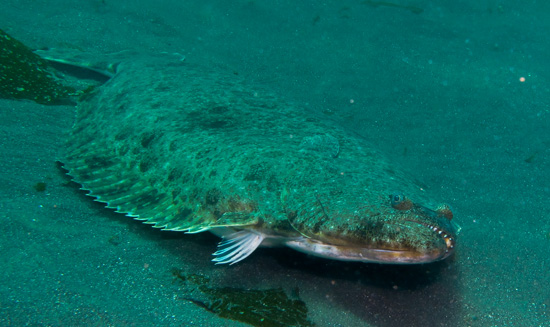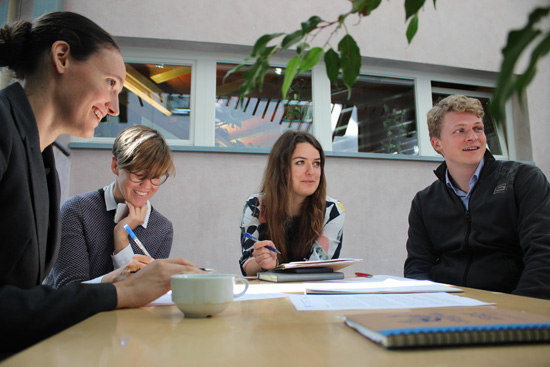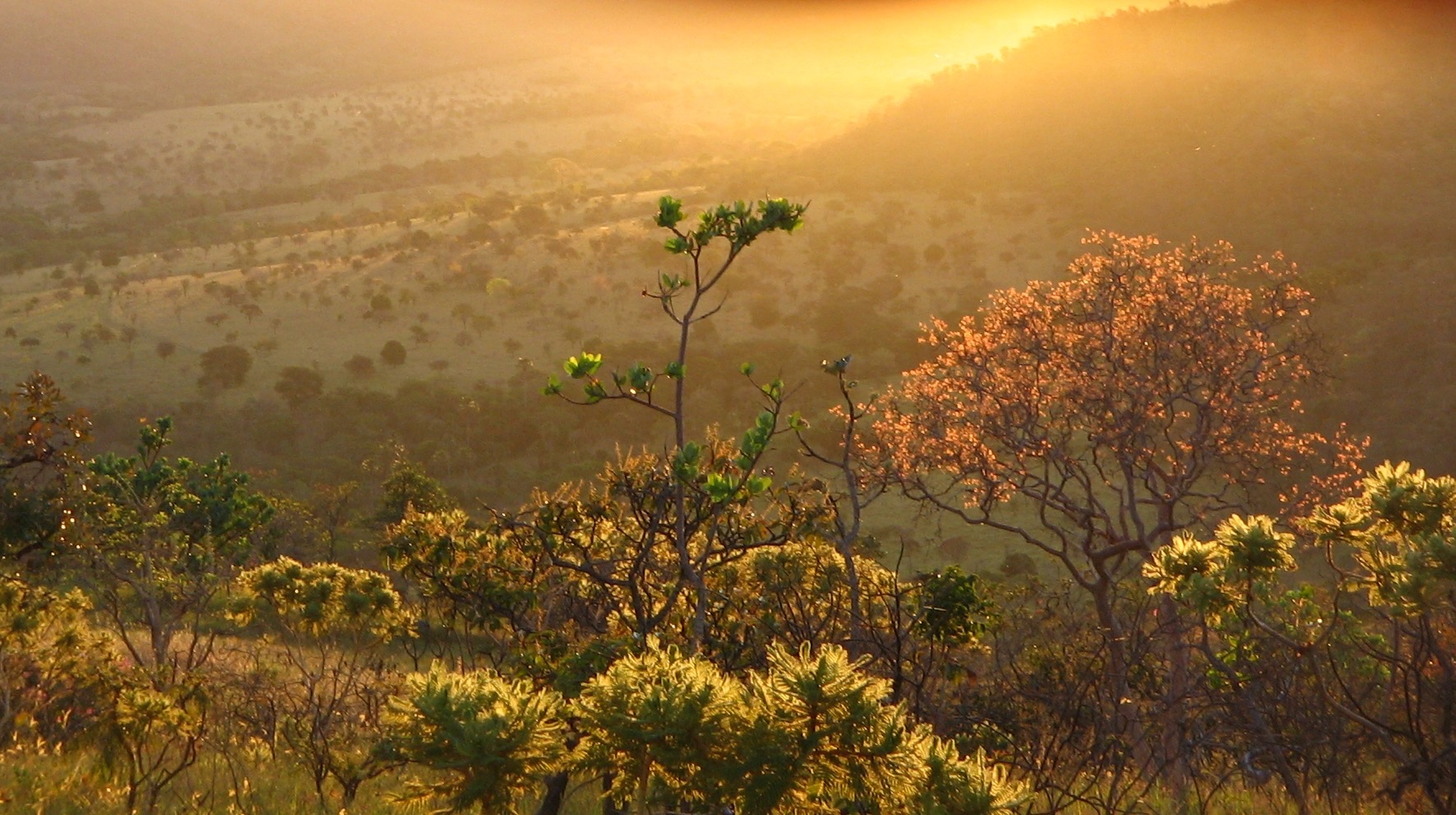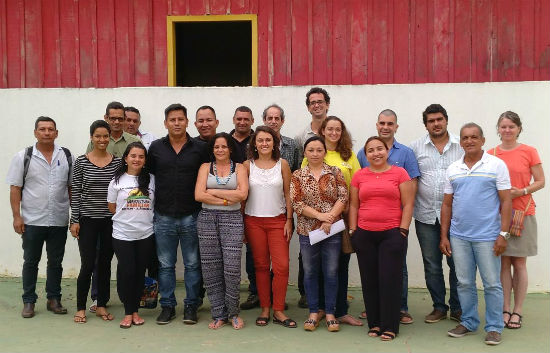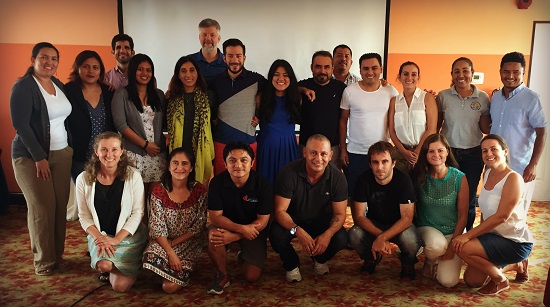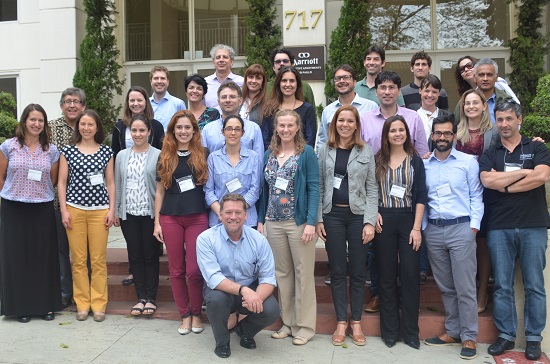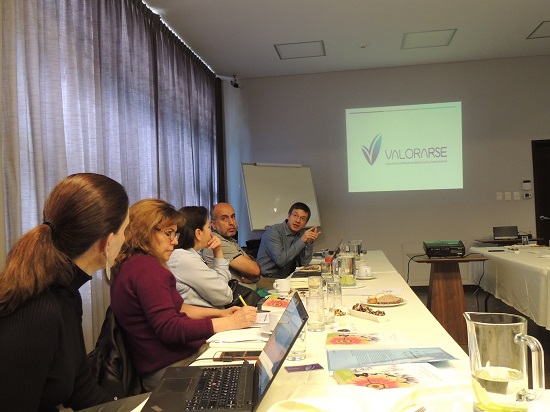News
Recreational anglers in the United States collectively spend millions of days and millions of dollars per year fishing in coastal and ocean waters. The state of California ranks second in the nation for recreational saltwater fishing, second only to Florida. The California halibut, Paralichthys californicus, is one of the most highly sought-after fish for recreational anglers due to its large size, delicious taste and challenging fishing behavior. Over 60,000 trips are taken per year by boat anglers targeting this species.
California halibut. Photo credit: Ed Bierman.
Protecting marine and coastal environments takes know-how, time and financial resources. So how do we fund marine conservation? There are many possible finance mechanisms, public and private, used to fund conservation efforts. Working with partners in Norway and Germany from the Blue Solutions program, CSF developed a set of training materials to teach environmental practitioners from governments and NGOs how to select and design finance mechanisms to support their conservation objectives.
Teaching materials on direct market mechanisms for conservation finance. Photo credit: Niki Gribi.
Tropical savannah (Cerrado) area in Brazil. Photo credit: Pedro Gasparinetti.
As part of our collaboration with the Environmental Ministry in Peru (MINAM), CSF has finished a series of papers on environmental compensation (biodiversity offsets). We explored 4 infrastructure and extractive projects in Madre de Dios and Loreto, and analyzed how to offset their residual impacts. This work supports MINAM’s development and implementation of technical compensation guidelines, while also generating evidence about methods for designing environmental compensation plans.
Interviewers Milagros Estrada and Luis Bernal, Huancaya, Nor Yauyos-Cochas Landscape Reserve. Photo: Annie Escobedo.
In August 2017, CSF-Brazil presented our results from the economic feasibility study for the implementation of the Agro-extractivist Cooperatives and Associations Network of the State of Amazonas (RECABAAM) in Beruri, Amazonas.
More than twenty stakeholders attended the presentation, representing the community-based factories processing the Brazil nut, civil society institutions and state government, including the Institute of Agricultural and Sustainable Forestry Development of the State of Amazonas (IDAM) and the State Secretary of Rural Production (SEPROR).
The 2016/17 MAR-L cohort of fellows with speakers and staff at the course. Photo credit: Mélina SotoIn July, the 2016 Fellows cohort of the Mesoamerican Reef Leadership (MAR-L) program gathered one final time in Belize City, Belize. This fourth and final training course included two days of economic concepts and tools taught by CSF’s Training Director, Kim Bonine, and a third day dedicated to guest speaker presentations and Fellows’ project feedback.
TNC and CSF staff gathered in São Paulo for the course. Photo credit: Marion Le Failler
CSF Director Técnico de Latinoamérica, Alfonso Malky, presentando en el evento
Participants during an interactive game. Photo: Bappeda Kalimantan Tengah

